Our Railway Heritage Right On Track
The 200th anniversary of the first passenger railway is just the ticket to explore the history of train travel across the district.
And thanks to Lancaster-born Thomas Edmondson, millions of people have had tickets to ride the railways over the past two centuries. For Edmondson invented the train ticket system and first ticket machines. He is remembered with a plaque at his 1792 birthplace in Stonewell and one of his original machines can be seen in Lancaster City Museum.
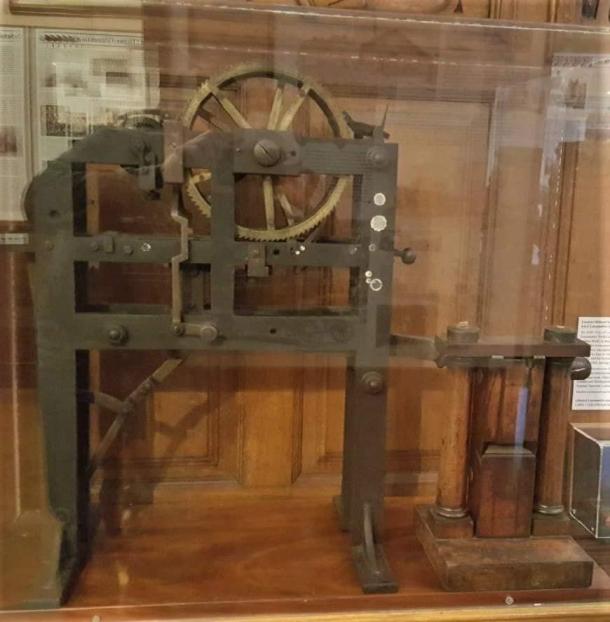
Lancaster itself first welcomed the railway in 1840 and just six years later, what is now known as the West Coast mainline opened, taking passengers to London and Carlisle and by 1848, to Glasgow too. Passengers arriving or departing from Lancaster over Carlisle Bridge can enjoy one of the best views of a city also once home to the famous company of Gillow, which, as well as making furniture, also fitted out dining and special saloon cars for many railway companies and furnished a carriage for the Royal Train.
In times past, Lancaster had two railway stations – the current one, known as Lancaster Castle station until 1969 – and Green Ayre station which closed in 1966 as part of the infamous Beeching cuts. Green Ayre, which was by Parliament Street, is commemorated with an old crane and a park. Running alongside is the popular River Lune Millennium footpath and cycleway which follows part of the route of the ‘little’ North Western Railway, giving locals and visitors the opportunity to walk and cycle through the scenic Lune Valley or to Glasson Dock and Morecambe.
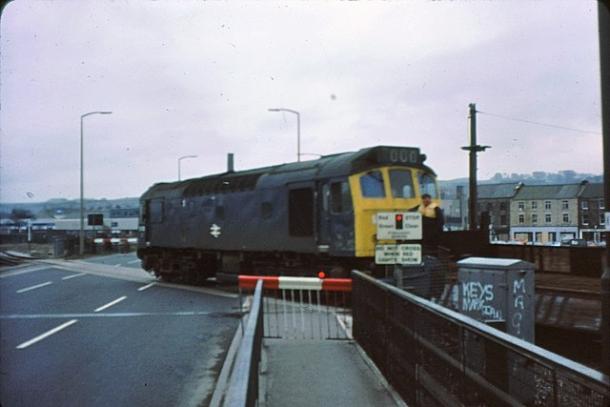
The launch of passenger rail travel 200 years ago, transformed seaside towns and Morecambe was no exception. Trains brought thousands of holidaymakers to the town, especially from Yorkshire, so much so that Morecambe became known as Bradford by the Sea. Among those passengers was the acclaimed playwright, Alan Bennett who has such fond memories of holidays in Morecambe during the Forties that he based two television plays on the town – Sunset over the Bay and All Day On The Sands. Morecambe also had more than one railway station in its heyday though only Morecambe Promenade Station still exists as a popular entertainment venue – The Platform. A new station for the town opened just a short stroll away in 1994.
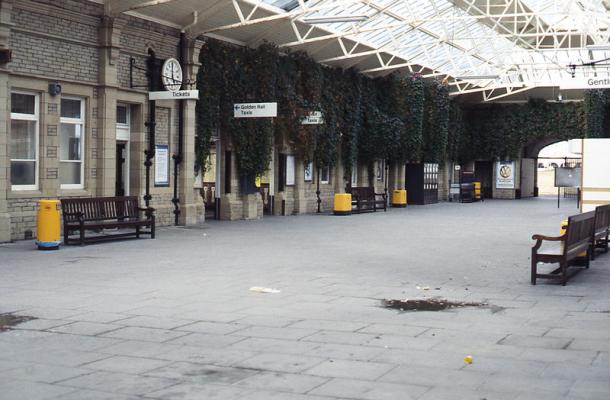
Morecambe Promenade Station was built by the Midland Railway Company though it was the North Western Railway who were responsible for the hotel originally built opposite. The first Midland Hotel opened in 1847 but in 1933 was replaced by the iconic Art Deco version, one of the town’s landmarks, designed by Oliver Hill and featuring artworks by Eric Gill and Eric Ravilious. As the town’s most elegant hotel, the Midland attracted many of the stars appearing at Morecambe’s theatres including the nearby Winter Gardens.
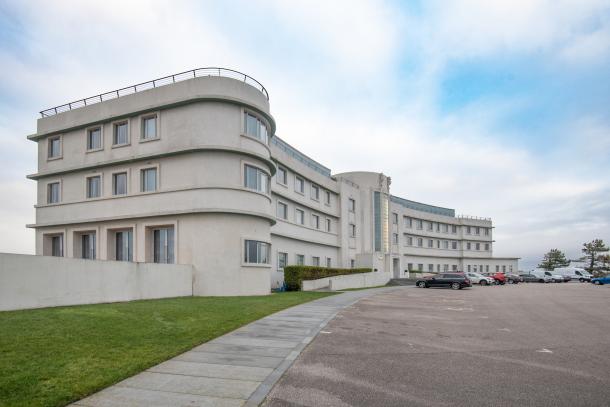
And star power put another local town on the map, thanks to its station being the location of a film celebrating its 80th anniversary this year – Brief Encounter. Some of the most famous scenes in the film, directed by Oscar-winning David Lean and starring Celia Johnson and Trevor Howard, were shot at Carnforth Station. Filming took place during World War Two and Carnforth was chosen because it was deemed safe from any enemy attack. Described as one of the country’s most romantic stations, visitors can still experience the atmosphere of the film in a recreation of the Refreshment Room where many of the scenes took place and can learn more about Brief Encounter and Carnforth’s long history as a railway town at the station’s award-winning Heritage Centre.
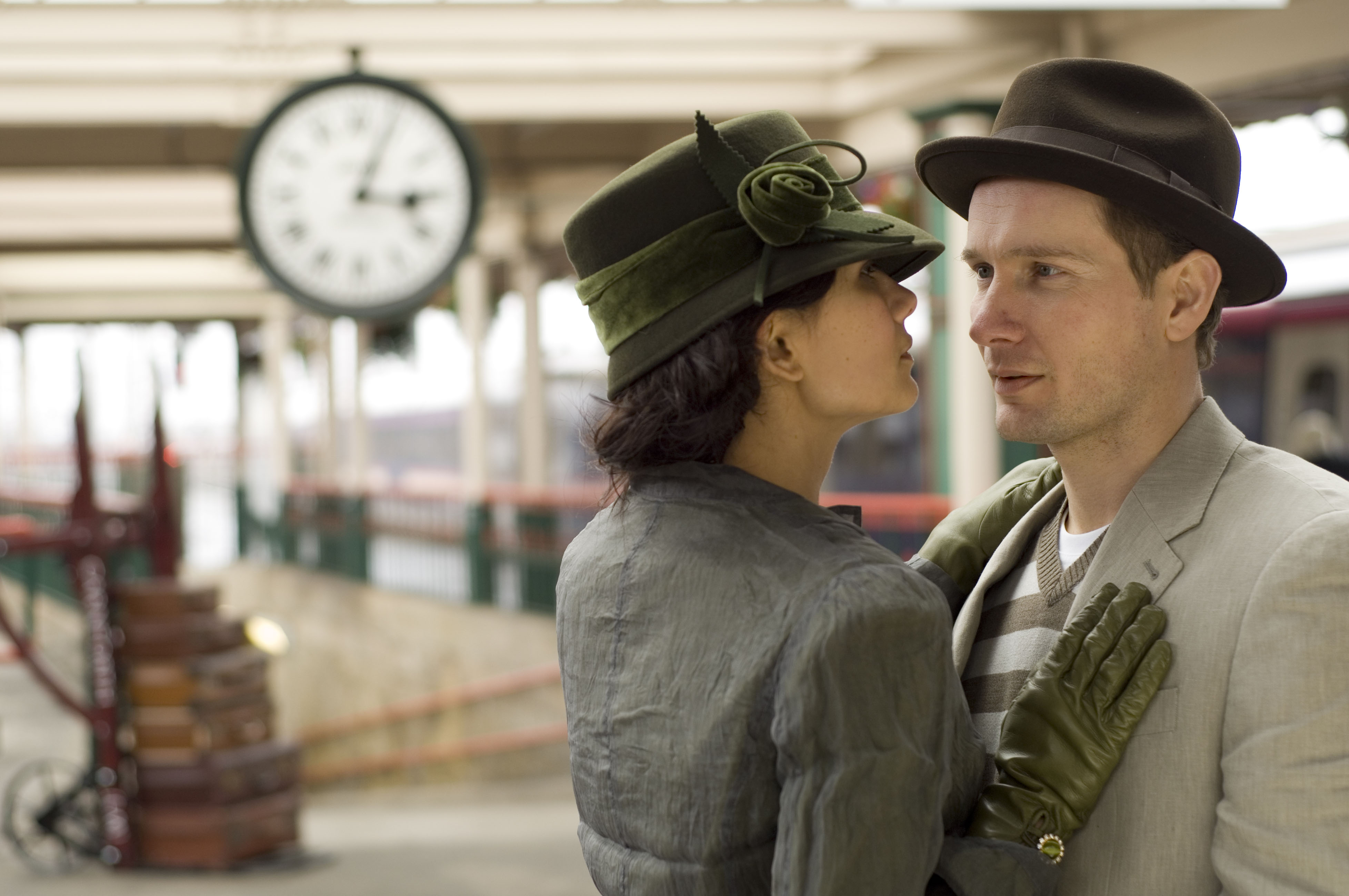
Anyone wanting to enjoy more than just a brief encounter with the area’s railways can take a train from a local station to travel around Morecambe Bay and onto the Cumbrian coastline and there is also easy access to the Settle and Carlisle line, often cited as one of the best scenic routes in the country.













